Dr David Nixon and I discuss interesting visual phenomena while looking at dental anesthetic from India.
Formation of 4 Plasmonic Molecules in anesthetic? Lets take a look.
The Single nano molecules we see in all anesthetics so far revealed another interesting feature today. The formation of four plasmonic molecules was witnessed strewing out from an event point that lasted only 1/2 a second approx. This was not all we saw.
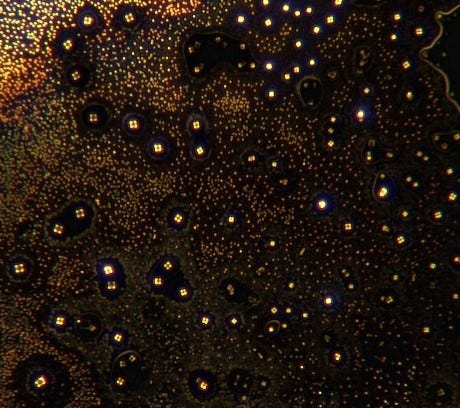
David and I had a conversation about these new microscopic findings that showed up on a slide this morning. I was quite intrigued by all the different things we could see going on here. I had not seen these formations before, but David certainly had over time while viewing other samples of injectable products.
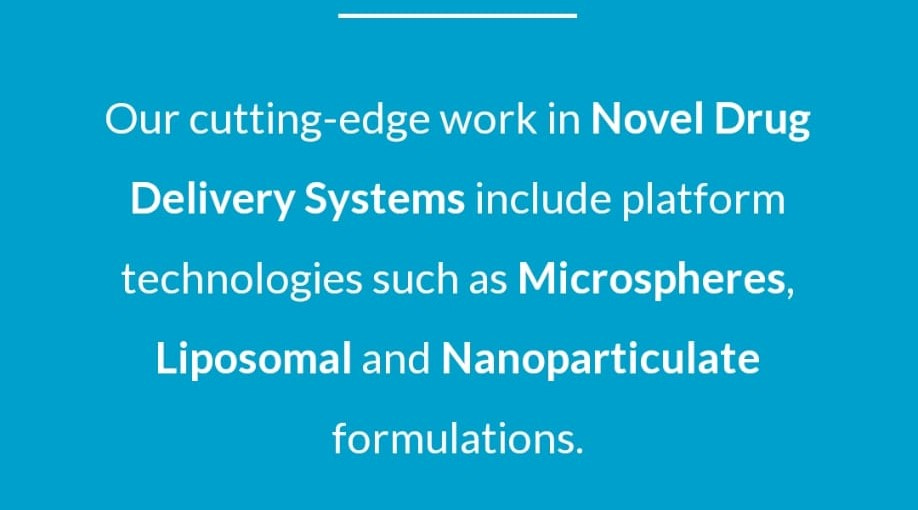
Anyway, straight into it shall we. David already obtained a paper from Shimon Yanowitz in earlier conversation. He has a knack for identifying visual phenomena through his research. It would seem to be at least a good lead.

Here is a quote from an article explaining the basic concept of plasmonic particles: Click HERE for original link to the article.
“ A research team at the University of Göttingen has now succeeded in achieving the same precise arrangement of atoms shown in molecules, but using nanometer-sized particles, known as ‘plasmonic molecules’—combinations of nano scale metallic structures that have unique properties. The results were published in Angewandte Chemie International Edition, which has classified the article as a ‘very important paper’. "
“ There is a transition area between molecular and macroscopic levels, an in-between zone called the nanometer range, where there is often a disordered aggregation of particles. Precise arrangement of nanometer-sized structures is one of the major challenges in the ongoing miniaturization in electronics, optics and medicine.
In this novel process developed by Dr. Yinging Cai and Professor Philipp Vana at Göttingen University's Institute of Physical Chemistry, the nanometer-sized particles are mixed together as in a chemical reaction and then arrange themselves completely independently into molecule-like structures. "
" The approach here is to connect the particles using tailor-made polymer chains that interlock like two hands. We can control the force of this handshake via the type and length of the polymers and via the solvent used in which the reaction takes place," explains Cai. The result is plasmonic molecules, which all have the same regular arrangement and can be produced quickly in large quantities—an important prerequisite for making these compounds useful and usable for a multitude of functions in the world of nanotechnology. ”
" By developing these plasmonic molecules, we have been able to establish chemical principles in the nano world that open up a whole new cosmos," says Vana. "And we may just be witnessing the birth of a new kind of plasmonic chemistry that could lead to a wealth of new nano materials. "
Obviously we can see an involvement with polymers as a means of bonding structures here and we can also note that there are many possibilities for these kinds of synthetic molecules which can be used in many ways. Note that most of this technology is being spoken of in such a way, that might make one believe it is so recent that those building possibilities might not yet be discovered. But here we are, looking at products for human beings that look like they may contain these very same or similar type complex sciences.
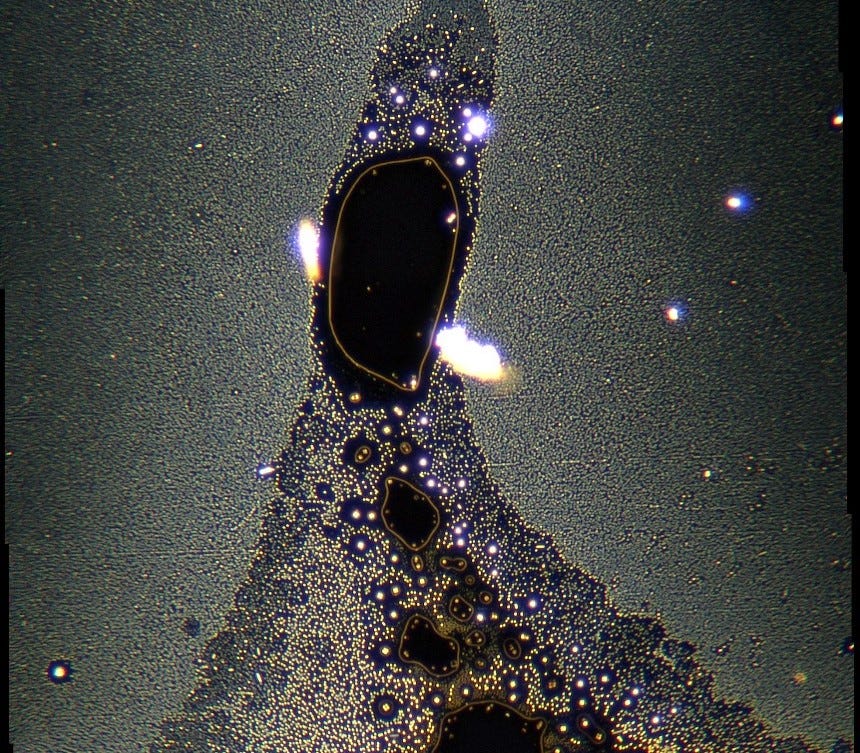
It has become apparent from reading into technology papers that many of the self forming wonders we see are only explained most often as being created under lab conditions using awkward processes. Obviously what we have seen so far observing pharmaceuticals, seems to be a whole complex string of separate technologies knitted together, which are able to unfold their developing stages independently of being in a lab environment. In the above image it is worth observing the fact that the singular particles seem to be repelled by the empty bubble like structures. The same is observed around the four particle molecule structures. Nothing seems to want to be in the close proximity here and it is possible that the properties of these formed structures are repelling the single particles
Obviously the bubbles are likely not simple empty structures, but that is something still being looked into by many of us. Here we have the implication that they possibly had something to do with the very speedy reactions that took place before spewing out these polymer bonded particles in to what looks like four plasmonic particles formed as a molecule. Remember that it is known for these particles to produce luminescence enough that they seem bigger than the nanometer description when using dark field microscopy. This phenomena is known and tangible within science literature.
A day before those four particle molecules appeared some gel or polymer spheres that were glowing very brightly had burst while the slide was drying out. This is what was left behind them. A dense field of particles which all seem to be moving very slightly as if they were floating somehow; floating on what? This is a good question because the slide seems dry. The outer dots glow differently and are scattered more openly. This might be due to many factors such as photons, electrons, or other scattered energy sources that may be present. You can see the Gel which shrunk in the center seems to be highly light reactive, and this may contain the part polymer material that may have formed the sphere structures capsule before it burst. Does this have a photonic reaction with the other particles and structures by means of almost amplifying or redirecting light waves?
The next day we saw crystal structures in place surrounding the polymer gel like structure in the middle. These might look a little like uric crystals (the kind associated with Gout). However I am sure they are not exactly uric crystals as they seem to have come as a result of separating from the glowing gel structures. Although I loosely use the term glow, these structures seem to be very responsive to any light that is present. They do not appear without a light source or in darkness. The same is noted with fibers and some other structures. The seem to bounce light waves around inside rather nicely. The fibers show this in polarized viewing and exhibited wonderful colors that make one almost say this still is beautiful, almost! Primarily these initial observations are being repeated before we go getting any ideas. However interesting papers are surfacing which show possible matches to some of the visually observable technology concepts we are seeing here. Keep a look out for further articles on these observations.
CHECK OUT DR DAVID NIXON’S CONTINUATION OF THIS ARTICLE REGARDING THE AMAZING CRYSTAL IMAGES HE OBTAINED FROM THE SAME SAMPLE.
Here is a taster of the least exciting images showing fibers forming and trying to connect to the crystals it would seem. Something many of us have seen before now. David really captured some much better images that you must see over on his coming post. David has been a big fan of using the histogram feature to enhance colored light waves in his images since I showed him what it can do. He is the master of that tool now it seems, and it produces good results at times.
Big thanks to all those who have already contributed, and a big thanks to those thinking of doing so in the future.




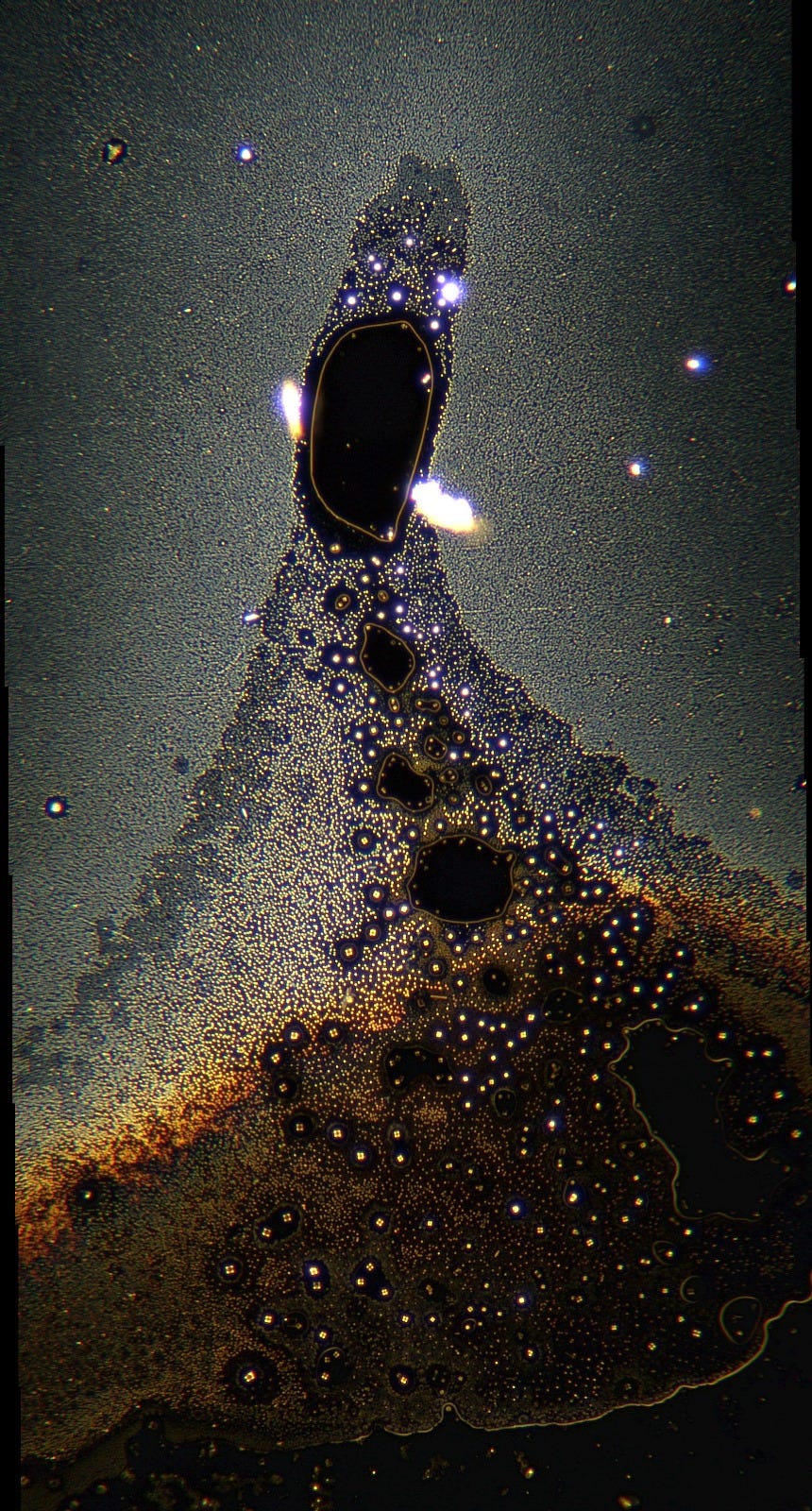
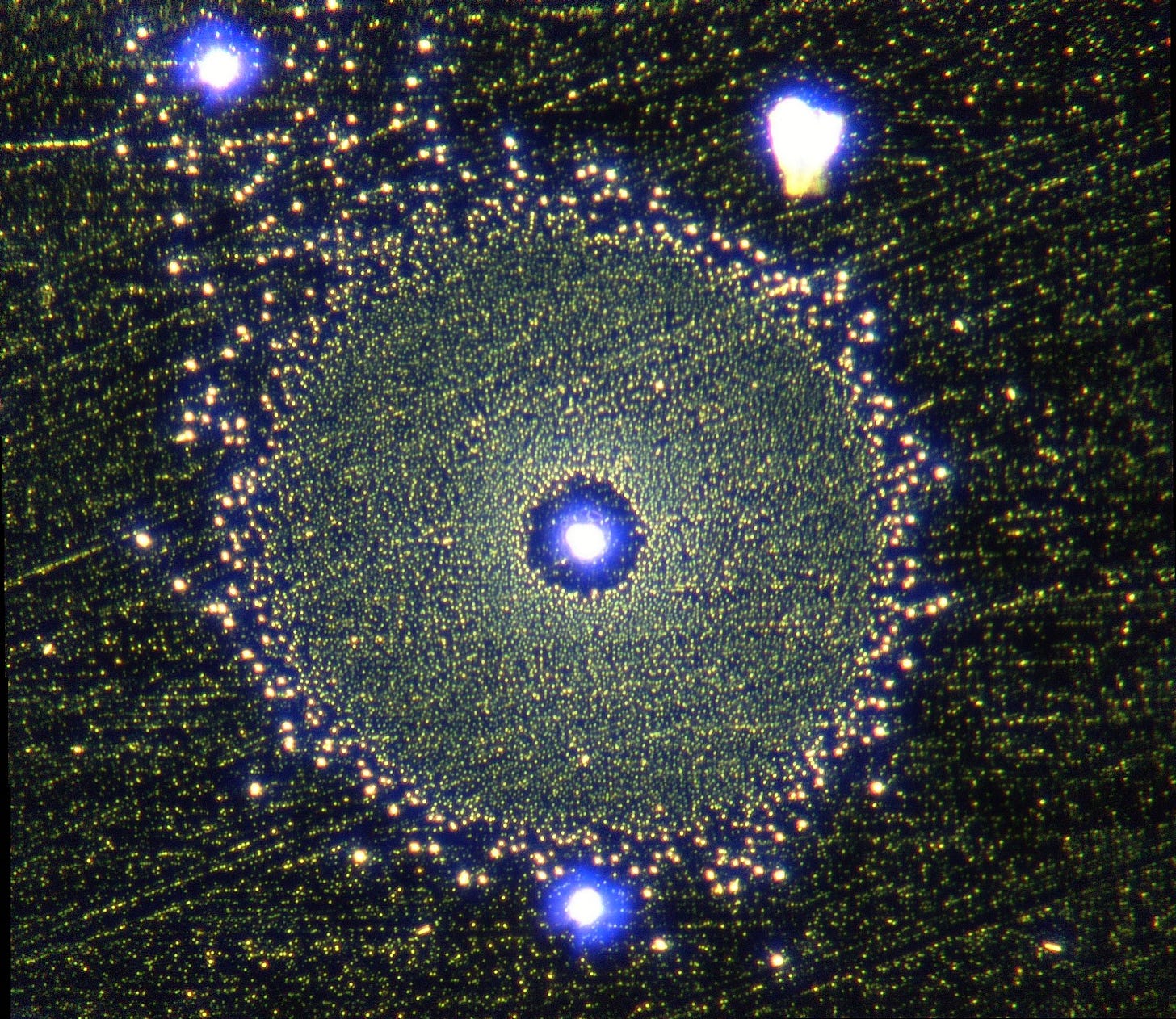
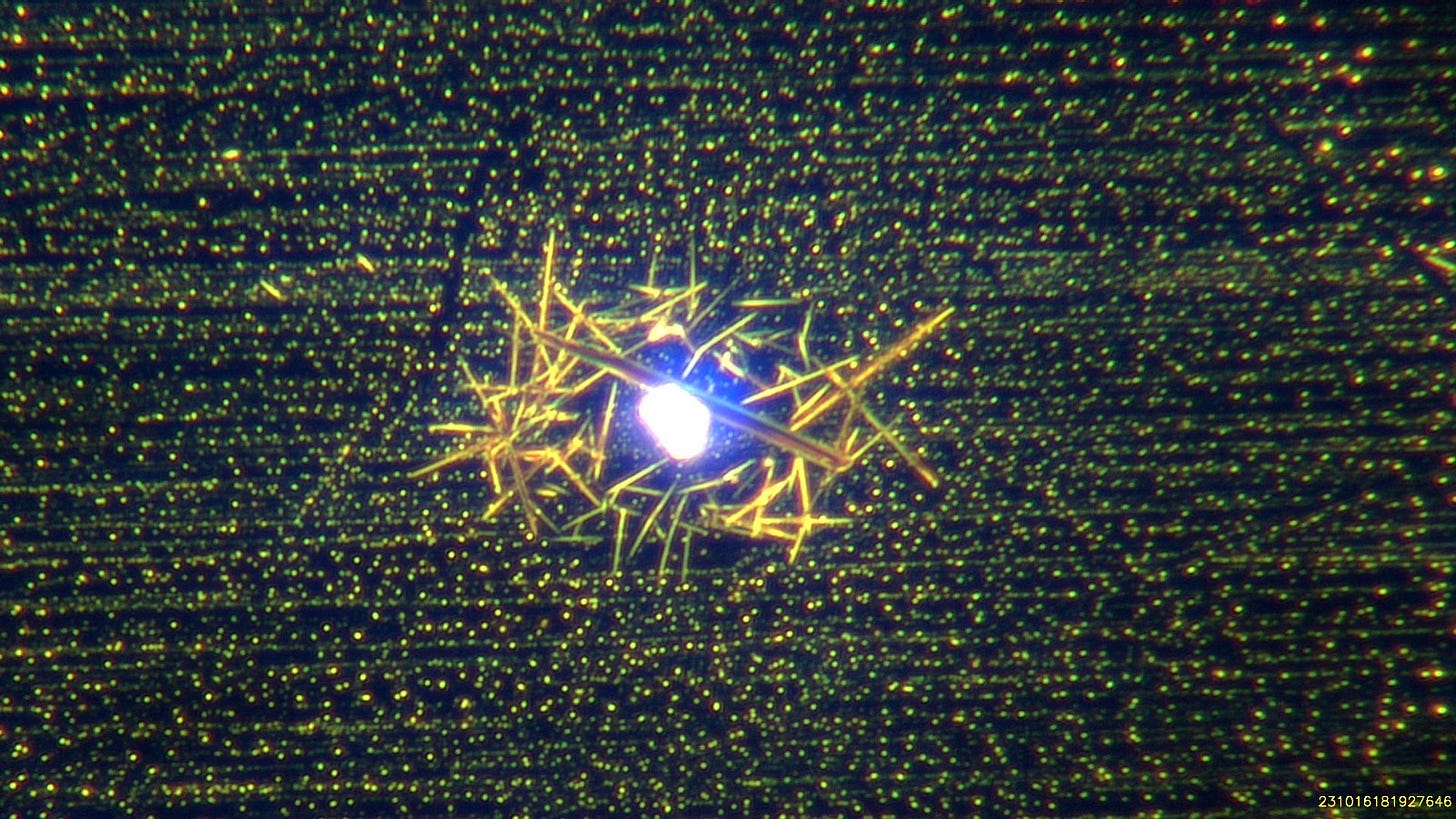
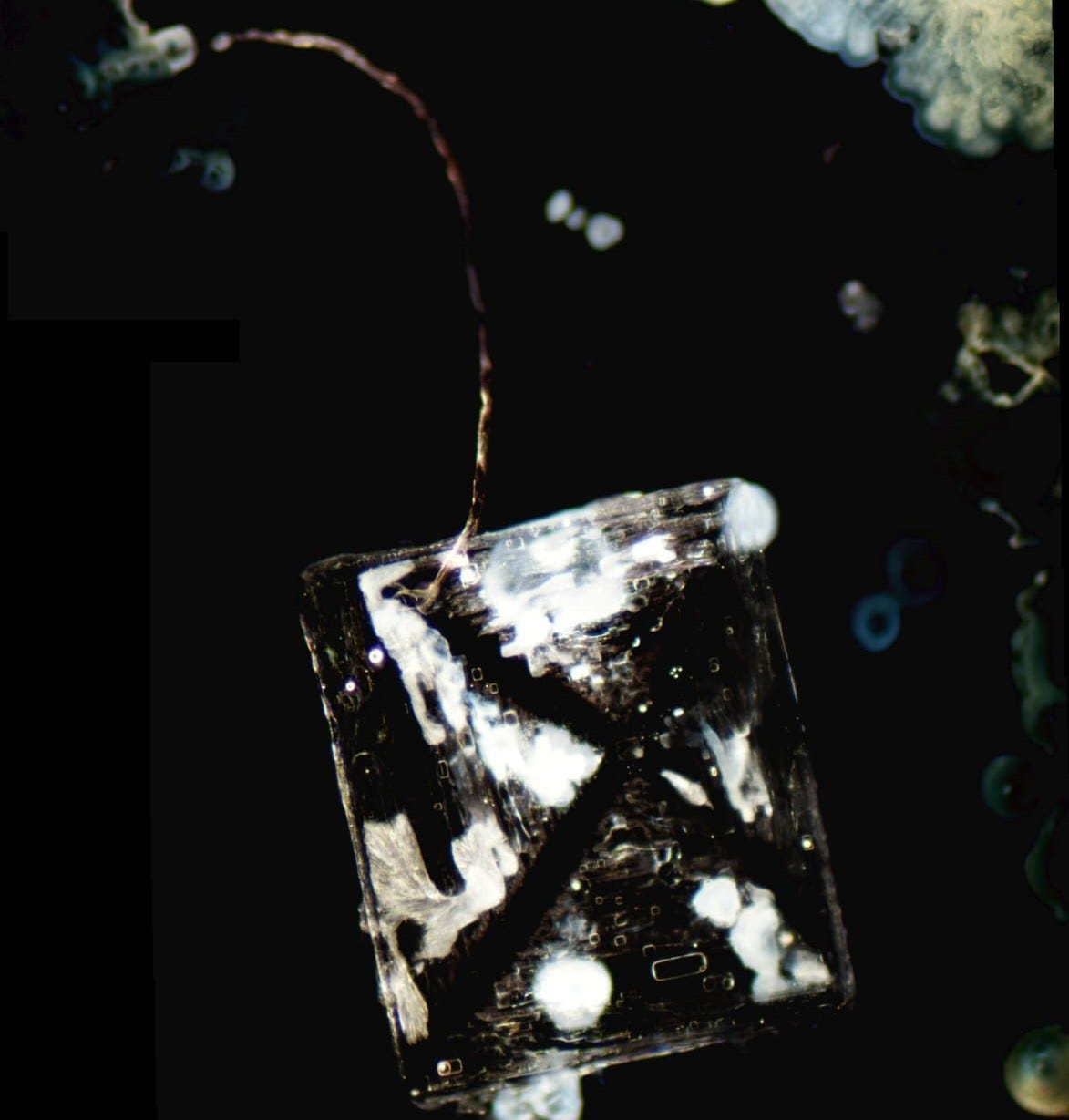
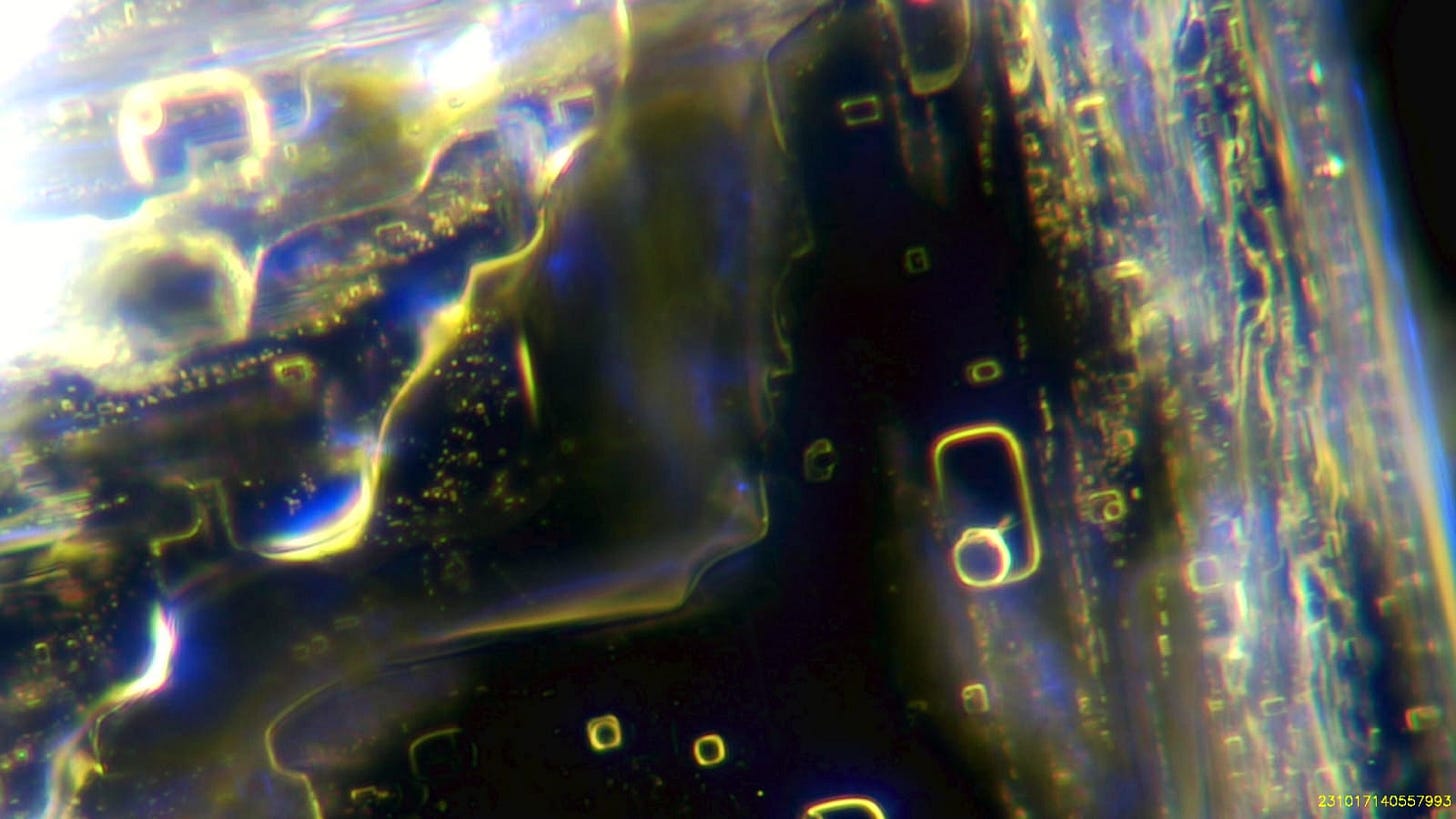

Karl is doing a great job, but the same applies to his efforts as to Matt's (https://woodnstone820.substack.com/). Karen Kingston is recommending Matt, which is not necessarily good for his reputation. To compensate for that, and in order to cover the obvious problems with microscopy, the following might have to be observed:
https://rayhorvaththesource.substack.com/p/two-important-steps-to-make
Also, how is it possible to make dental or other anesthetics at home from safe ingredients?
I believe the reason Dr Ana Maria is finding it so difficult to gain traction in the "real" scientific community is that both factions are skewed about cause and effect. One points fingers about conspiracy and evil satanic depopulation, while the other simply declares "disinformation" and patriot nutjob antics. Eventually the both of them will face a reality check - that EVERYTHING is nothing more than information unfolding at Planck's wavelength. This is handy for explaining why the "vaccine" and "anesthetic" is perfectly clear while in the vial, especially if the temperature chain and expiration dates are respected.
With that said, I have engineering experience at photolithographic semiconductor microcircuit fabrication. These nano weapons are nasty as contaminants in the blood, for sure. But they are little more than crystals as far as electrical circuits go. I was recently impressed however, with what seems to be a coaxial cable solder joint, even if it is connected to crude nonsense.
https://drive.google.com/file/d/19X3l7HbiSXe5Ii0DxBfR0NiNsfyXgV-s/view?usp=sharing
What I am witnessing through Ana and her associate doctors microscopes is that there are breakthroughs alright, it would seem nearly daily. ncbi.nlm.nih.gov/pmc/articles/PMC3465123/ But one big obstacle is mastery of the complex waveforms that are required to coax the development of microelectronic circuitry that actually functions. - To develop proper NPN, PNP transistors etc from graphene and hydrogel soups.
https://drive.google.com/file/d/1Rtqx9IEkcWmDeC1wg0esrunuLm0ISZjx/view?usp=sharing
So far it looks like all they have accomplished to date is to create magnetic adjustments to hemoglobin so that it clumps up and as they fumble in their new technology, gives them away by rapid disintegration of health for the test subjects. This new term, Design of Experiments or DoE seems quite appropriate. Whenever I try to do it that way though, even if I get elegant results it is impossible to replicate them because the science was in flux, the experiments were dynamic while I made the accomplishment. So I don't even know what I did right, when I get it right.